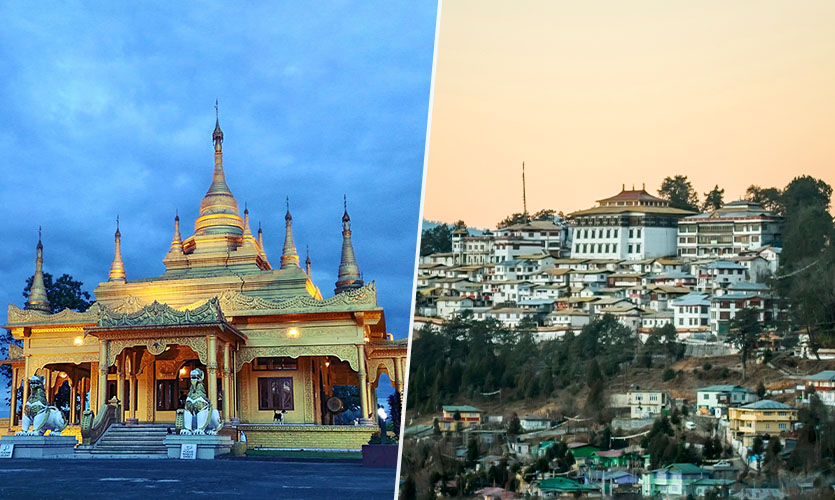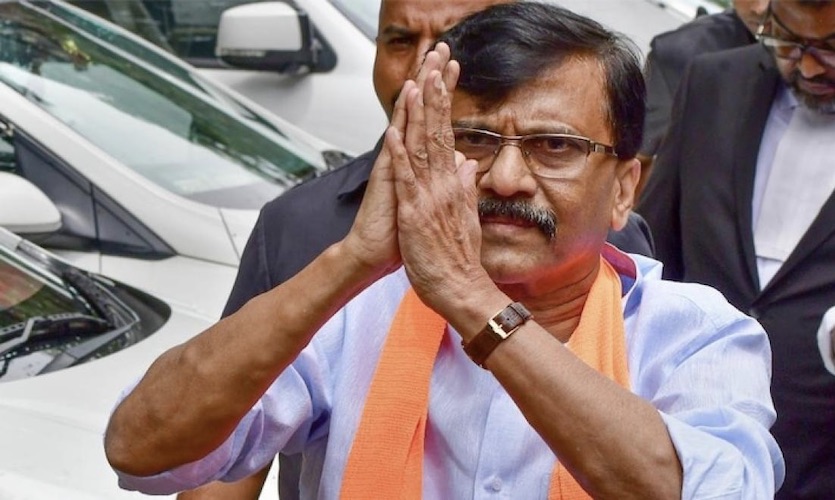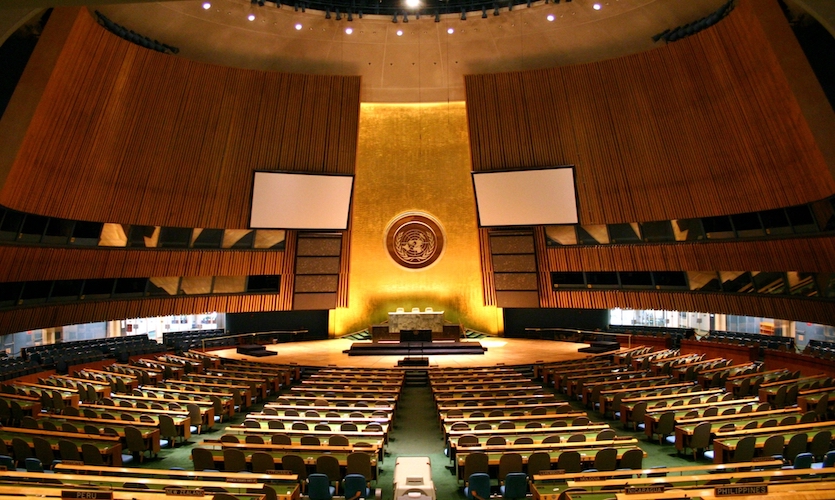This day in 1987, changed a lot for the ‘Land of Dawnlit Mountains’ – Arunachal Pradesh.
Sitting at the foot of the Himalayas, Arunachal Pradesh got a new identity through the 53rd Amendment of the Indian Constitution.
Before being named Arunachal Pradesh and being designated as a state, the region was known as the North-East Frontier Agency (NEFA) after independence, since it was created from the previous territory.
NEFA was established in 1954, when Indo-China relations were relatively cordial, until the year 1960. The resurgence of the boundary dispute in 1962 primarily prompted the Indo-China War.
The Chinese People’s Liberation Army invaded, and briefly dominated a sizeable area of Arunachal Pradesh during the war in 1962. China declared victory in 1963, withdrew to the McMahon Line, and released Indian POWs.
Although, the dispute over Arunachal’s ownership is still ongoing between India and China, it has long been recognised as a region of the Indian subcontinent, receiving mention in such ancient Hindu literature as the Kalika Purana and the epic poems – the Mahabharata and the Ramayana.
Arunachal Pradesh has always been home to unique ethnic groups, the majority of which are connected to the inhabitants of Tibet and western Myanmar.
The state has a long international boundary with China to the north and northeast, Bhutan to the west, and Myanmar to the east. It runs from the plains of the Brahmaputra Valley in the south to the snow-capped mountains in the north. The influence of its international neighbours can still be traced in the state through the religion, culture and lifestyle of the tribes living there presently.
Some inhabitants of the state practice Hinduism, particularly those who live close to the lowlands along the Assam border. Theravada Buddhism, which predominates in Southeast Asia, is practised by some tribes along the Myanmar border, and Tibetan Buddhism is found among populations close to the Tibetan border.
Ritual sacrifice is still prevalent today, and a domesticated gaur (wild ox), known locally as a Mithun, is especially treasured as a sacrificial animal.
So, how did such a culturally diverse, rich in flora and fauna region carve out an identity for itself in the east, despite being the least populous?
‘Land Of The Rising Sun’
Arunachal Pradesh had a distinct character under British Raj as well, long before it became a Union Territory.
The British government began establishing an official jurisdiction in respect to the local border tribes starting roughly in 1875. The North-East Frontier Tracts (NEFTs), which consist of the Ballipara Frontier Tract, the Lakhimpur Frontier Tract, and the Sadiya Frontier Tract, were finally scooped out by the British administration in 1912-13 with the help of the local population.
By 1914, the McMahon Line had been established to separate these areas from Tibet, and consequently China, because they had been maintained outside the scope of the common laws of the land.
British delegates concluded that the border between Tibet and northeastern India should certainly follow the crest of the high Himalayas. The line served as the geological, ethnic, and administrative border between the two territories. But the Chinese republican government recanted its delegate and declined to uphold a convention two days later.
China asserted ownership over the whole upland region of what was then Assam state after India gained independence in 1947, claiming that the McMahon Line had never been recognised by China and was the consequence of British colonialism.
The NEFTs were governed by the Government of Assam from the time India gained independence, until January 26, 1950. This came about as a result of a subcommittee headed by the chief minister of Assam at the time, “Lokpriya” Gopinath Bordoloi, recommending that the Assamese government take control of the region because it was a substantial one. Nonetheless, the Indian government chose to govern it as an “Excluded Region”, with the Governor of Assam serving as the President of India’s envoy.
All four plain-land districts – Balipara, Tirap, Abor Hill, and Mishmi Hills – were handed to the Assam government in 1950. However, the tracts were once more divided into units in 1951, when the Tuensang Border Division was established. This division ultimately integrated into Nagaland. With the adoption of the North East Frontier (Administration) Regulation in 1954, the remaining areas of the tracts were given the designation of NEFA.
Ever since the battle for Arunachal Pradesh broke out between India and China, efforts have been made by the government to fully integrate it into India. On the wintery morning of January 20, 1972, in Ziro, the administrative centre of Lower Subansiri district, Prime Minister Indira Gandhi officially rechristened NEFA as Arunachal Pradesh, and awarded it the status of a Union Territory. The local troupes performed songs and dances to commemorate the historic occasion.
On February 20, 1987, Arunachal Pradesh became a state after 15 years of anticipation.
The Line of Actual Control (LAC) is a disputed 3,440 kms long de facto boundary that separates India and China. The line may shift due to the presence of rivers, lakes, and snowcaps. At certain moments, the soldiers on either side, representing two of the biggest armies in the world, come face to face.
Sometimes tensions rise to the point of clashes. However, after a significant conflict in Ladakh’s Galwan Valley, much farther to the west, in June 2020, all parties have been attempting to de-escalate.
Recently, the US Senate passed a resolution recognising Arunachal Pradesh as an integral component of the Republic of India, and affirming McMahon Line as the international border between China and the Indian state of Arunachal Pradesh. “This resolution makes clear that the United States views the Indian state of Arunachal Pradesh as part of the Republic of India, not the People’s Republic of China, and commits the US to deepen support and assistance to the region, alongside like-minded international partners and donors,” remarked Democratic Senator Jeff Merkley of Oregon.
This auspicious day for Arunachal Pradesh marks not only the efforts and sacrifices of tribes, politicians and the government to integrate the state into India but also its long-standing history of tracts and battles that have cut it up in pieces and made it what it is today. Withstanding all of this and much more, Arunachal Pradesh stands strong as an integral part of India, and boasts of a plethora of monasteries, traditions, culturally diverse tribes, and scenic mountains.
Read more: Sanjay Raut Booked For Making Offensive Comments On Eknath Shinde










